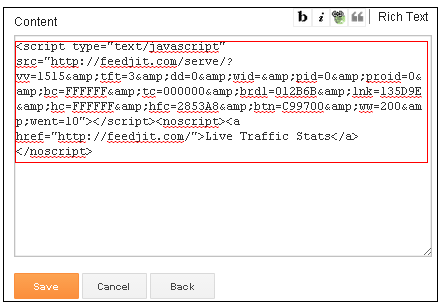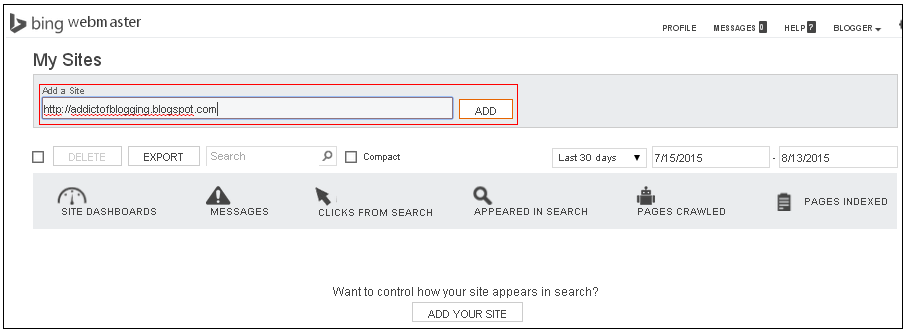 |
| Seo friendly article |
If you are building a website for your business, then this is the most important and first thing that the content of the website is Search Engine Optimized (SEO). SEO-friendly content is important because it affects the ranking of your website or placement on search engines.
If your website appears on the main page, you will get more shares, clicks, likes and engagement. If someone does not find your page, even the best written articles are worth or nonsense. But writing SEO's increased content is not easy. To write a strong SEO content is very hard and very thought. These tips and tools will help you write strong content that is not only interesting and relevant to your website, but it also produces attention and appears in search results.
HOW TO MAKE YOUR CONTENT MORE SEO – FRIENDLY
1. Use Headlines and Sub – Headers
Using Headlines and sub – headers do several things for SEO Optimization…First, it makes Your writing Capable And therefore easier to read. Easy to read helps people to feel comfortable and easy to share things. Also, having headers and sub-headers increase keyword saturation.
2. Add Links To Previous Content
Links with high quality and good reputation increase the legitimacy of your website. A better link, the higher your page will rank in the search results. And, using reliable sources within the body of your lesson produces trust with your readers.
3. Optimize the length of your Article
Google considers more important than other articles, but if it is too long, you will lose readers. Your article must be at least 300 words Therefore, words are not mentioned, try to cap the reader's interest to cap about 800 or 700 words. Therefore, in the 500-word article, you should include 5-10 keywords. And therefore, keywords should make 1-2% of the text.
4. Choose Your Keywords Wisely
Before you start writing your article, decide which keywords you want to take. Instead, you can pay a marketing service to do this for yourself, or you can select keywords based on the results of planned keyword searches. If you have not completed this process, you can go from this guide to keyword research. Therefore, when you start typing, use the keyword in the header, tags, title and main text.
5. Optimize your Images
Images are the most important to make your content interesting and shareable. People are more likely to buy from a company whose website is attractive and relevant photos. We can optimize images by adding keywords to images and files and providing ALT tags. Be sure to optimize the size of the pictures. Pictures that are too big will slow the load time and harm SEO. Keep pictures as small as possible without compromising visibility or quality.
6. Make the context Shareable
So, in the end, you have successfully managed to write an SEO-friendly, context-rich, interesting article that other people want to read. The next step is to make it easy to share such websites, and it will be easy to add social media buttons to your website so that people can easily share content.
7. Write high-Quality content
It should be very self-evident but does not always apply. The easiest way to read and engage people with your content is more useful and entertaining. Quality is more important than the factors in the list.
Just once in your mind to consider how you write and format your content, consider using some of the following tools to simplify and improve the writing process.
Conclusion
Hope you like it, follow these tips, your posts will definitely rank, comment for any other kind of information, we will definitely reply, if you like the post, subscribe to our newsletter so that you You can find the post directly in your inbox, you can also like our Facebook page and can also ask us your queries there. Thank you.....






























